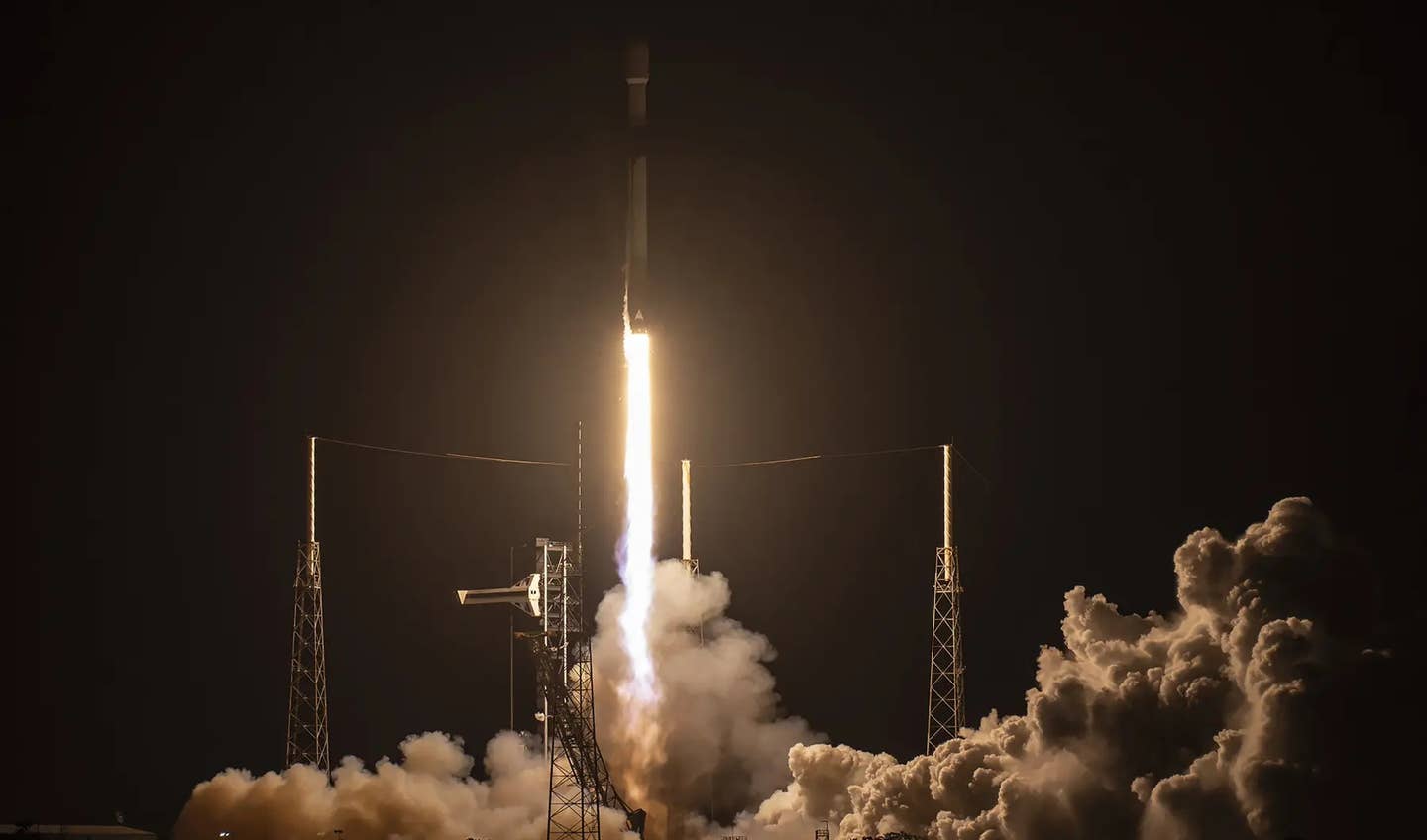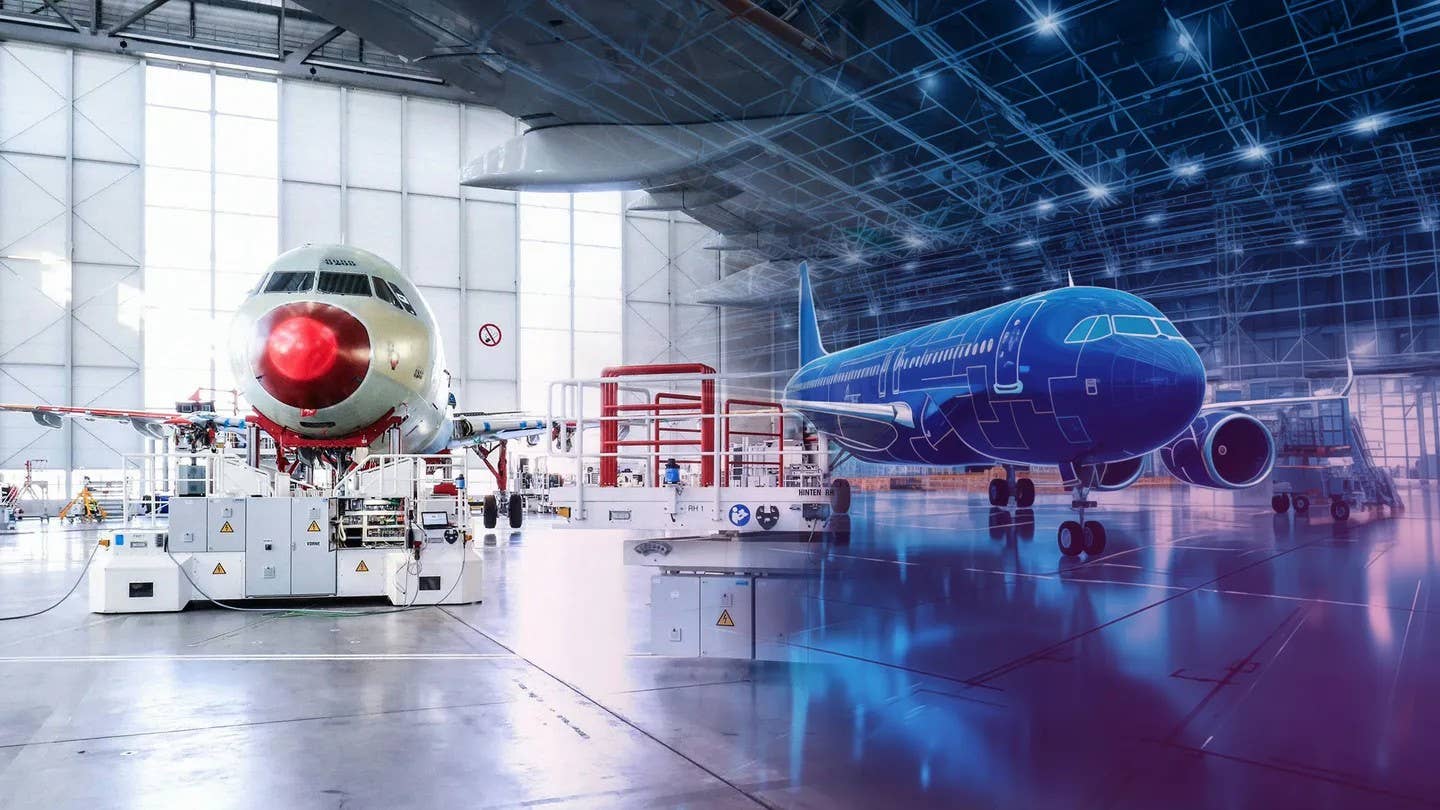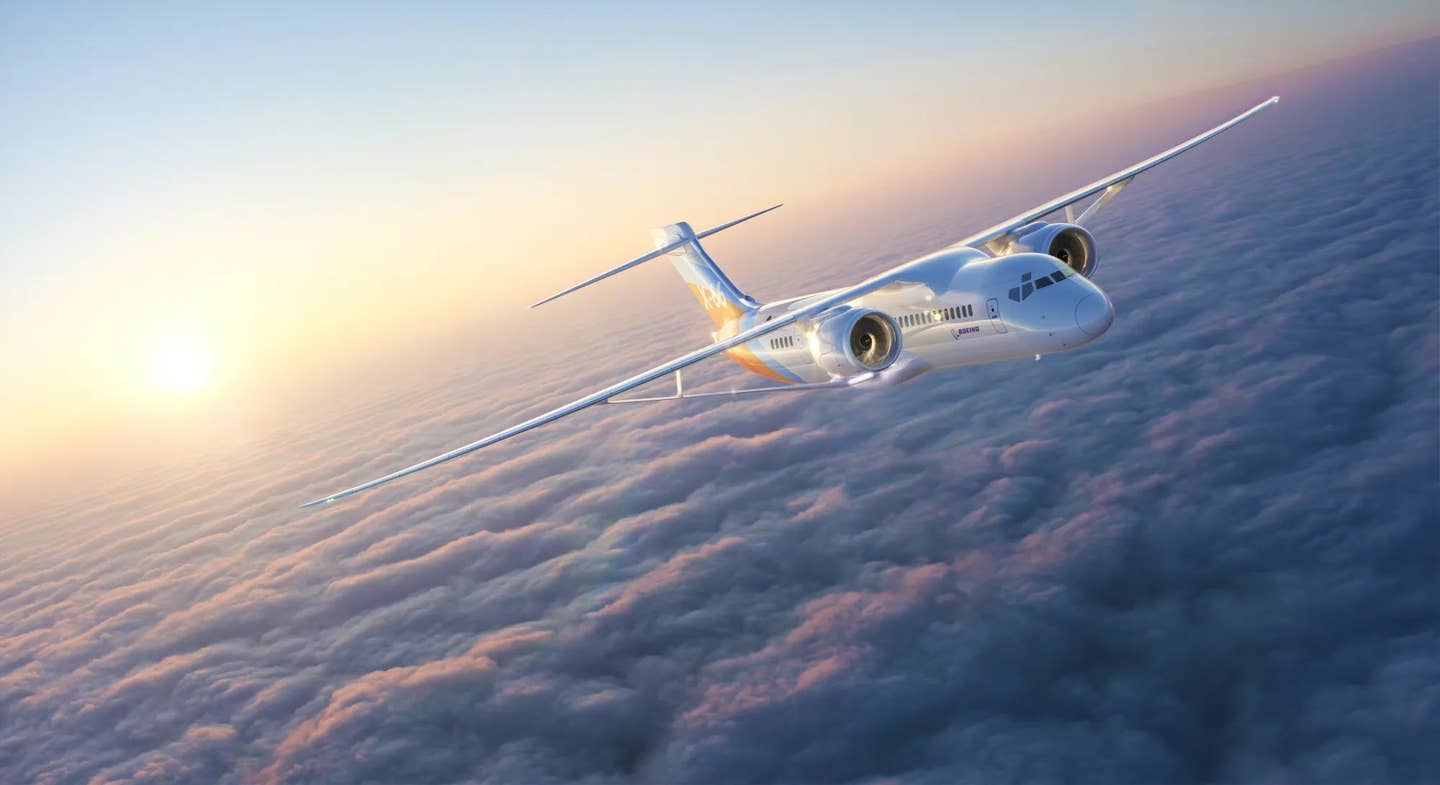
Flight 49 landed in Gander on September 11, along with 37 other widebody aircraft to arrive there on that day. Courtesy Beverley Bass
Captain Beverley Bass will never forget that moment, 20 years ago. She was piloting American Airlines Flight 49 from Paris to Dallas over the North Atlantic when the news came across an air-to-air frequency: Airplanes had hit each of twin towers of the World Trade Center in New York City in a terrorist attack.
Soon after, ATC notified Bass that the U.S. had shut down the entire national airspace system. “They said, ‘American 49 land your airplane immediately in Gander, Newfoundland [CYQX],’ Bass recalled. “It was an order.”
“We as airline pilots don’t normally get orders. If we’re going to divert, we usually coordinate with our dispatcher. Ultimately, it’s the captain’s decision. Nobody orders us to land at a certain airport,” she said. “But that day was different.”
At about the same time, in Los Angeles, Captain Les Abend was heading to KLAX to captain his American Airlines flight to Newark (KEWR). When he heard the horrific news, he knew he had flown those exact planes at some point during his many years as a pilot for the carrier. He knew immediately he’d lost friends aboard those airliners.
Meanwhile in a Washington office building, general aviation pilot Leon Jackler had heard the news and was watching in disbelief as billows of smoke rose across the Potomac River. An airliner had slammed into the Pentagon. Even in the moment of the disaster, in the back of his mind, Jackler knew piloting a GA aircraft in the Washington area would likely never be the same.
So many Americans who are old enough to remember know exactly where they were when they heard the news on September 11, 2001. That’s especially true across the aviation community. They remember their colleagues aboard hijacked American Airlines Flights 11 and 77, as well as United Airlines Flights 175 and 93.
The terrorist attacks that day killed 2,977 people in New York City, rural Pennsylvania, and the Pentagon.
For this anniversary, Abend, Jackler, and Bass—American Airlines’ first female captain—spent time with Flying to share their memories about that infamous day and how it has changed aviation.
Deciding What to Tell Passengers
In the hours following the attacks, controllers worked to get more than 4,500 civilian aircraft flying in the national airspace back on the ground. Airline pilots faced a difficult decision about what to tell their passengers.
Bass learned later that some pilots chose to say their flight was diverting because of a mechanical issue. But that wasn’t her style. “I didn’t want to make up a story that I would have to undo later,” she said. “I felt like I would lose credibility with the passengers if I did that.”
To protect the flight attendants, Bass balanced her message to guard against triggering a disruption among the passengers. After carefully considering her words, she wrote them on paper and asked her lead flight attendant for feedback and approval.
Then she got on the PA system and announced: “Ladies and gentleman, this is Captain Bass. There’s been a crisis in the United States. All of the airspace is closed, and we will be landing our airplane in Gander, Newfoundland. I will get back to you with more information when we get on the ground.”
The announcement must have done the trick. It resulted in no passenger incidents.
Dumping Fuel
The next issue she faced was the aircraft’s weight. Bass knew the Boeing 777-200 she was piloting was going to be about 7,000 pounds too heavy to land at Gander, because it was carrying enough fuel to fly 2,400 miles farther on, to reach Dallas. The airport didn’t have the necessary technician required to inspect the airplane and ensure it was safe to fly after an overweight landing, she said.
“I wrestled with the decision whether to jettison fuel that might be precious to me later because I didn’t know how many other planes will be in Gander or how much fuel will be available or when I would be leaving.”
Bass decided to dump some of her potentially precious fuel before arriving at Gander, and landing on Runway 22.
Minutes later, Flight 49 became No. 36 of 38 widebody aircraft to touch down at that airport during a three-hour window that day. By Bass’s calculations, accounting for augmented crews, that worked out to more than 125 pilots who landed in Gander.
“Airplanes were parked on every piece of concrete that I could see,” she recalled.
‘We Camped Out on the Airplane’
On the ground, authorities informed Bass that no one would be allowed to leave the aircraft until the next day. There just weren’t enough facilities immediately available to house all the unexpected visitors.
Flight attendants made due, passing out blankets, playing movies and serving what little food they had left.
As Bass put it: “We camped out on the airplane.”
The next morning, all 156 passengers and 16 crew were allowed to deplane. They had been aboard a total of 28 hours—seven in the air and 21 on the ground. Inside the nearby terminal, hot food and desserts were waiting, prepared by local residents.
During the next five days, passengers and crew took shelter at nearby motels, schools, and the homes of generous townspeople.
A New Era
Soon it was clear to passengers and crew that the post-9/11 era of commercial air travel had begun.
Before they could depart Gander for Dallas (KDFW), new security protocols required flight crews to remove all china, glassware, and silverware from their aircraft. Flight 49′s passengers experienced the new environment when it took them six hours to be cleared through security.
On September 15, Bass took her seat on the flight deck and prepared for departure. She had no apprehensions about flying the airplane again. “I couldn’t wait to get back,” she said. In fact, as soon as she returned home to Dallas, she volunteered for the next available crew. The airline politely suggested she take some well-deserved time off.
“I wasn’t going to let the terrorists ruin what I have loved my entire life,” she said. “I just wasn’t going to do it.”
Bass has watched reality morph into art as her story was weaved into the Broadway musical “Come from Away.” After retiring in 2008, she came out of retirement nine years later — taking a job flying an Embraer Phenom 100 as a corporate pilot.
“I’m 69 and I’m still flying jets,” she laughed. “Isn’t that wild?”
A New Flight-Restricted Zone Around D.C.
In the aftermath of 9/11, the rules for flying GA in the Washington, D.C., area underwent radical changes.
Federal authorities established a flight restricted zone within a 15-mile radius of Ronald Reagan Washington National Airport (KDCA).
GA flights were no longer allowed to use KDCA. Access to three nearby GA airports was [severely restricted.|link to 9/11 Five Things] After five months, a new system was created to vet and verify GA pilots and give them an official PIN which allows them to file a flight plan. Pilots with PINs are allowed to fly only within specific corridors. And for several years, only previously based pilots were allowed, no transients.
In February 2002, Leon Jackler remembers being the first general aviation pilot to use the system to fly into his home airport near Washington — College Park Airport (KCGS) in Maryland.
When ATC cleared him to proceed to the airport, Jackler asked the controller to repeat the message. “I wanted it on the tapes because everybody was so afraid of getting shot down for an incursion,” he said.
As he touched down on Runway 33, he saw local TV news cameras filming his arrival. “I wasn’t expecting that,” he said.
Returning to the airport gave Jackler a “huge sense of relief” but “there was a lot of apprehension about the whole thing because of all the new hoops we had to jump through. We’ve gotten used to them and it’s gotten a little bit better, but glitches happen.” Jackler said there have been reports about FRZ flight plans getting lost and other random miscommunications.
“There are still GA pilots who I talk to often who are reluctant to fly into College Park because they feel the airspace is complicated, and they don’t want to violate the rules,” Jackler said. “We should be able to exercise our freedom as pilots to fly into the nation’s capital and conduct public business. Now it’s intimidating and it scares people off.”
First Day Back in the Seat
Les Abend’s first flight after 9/11 included some degree of trepidation about whether the system was safe enough. He thought about the colleagues he had lost. He gained a renewed appreciation for the act of going home to his family. Many of his memories and thoughts that day are reflected in an installment of his “Jumpseat” column previously published in Flying.
Over the years, his feelings from 9/11 return to the surface from time to time. “If you reflect on it to any extent, it’ll open up a raw nerve,” Abend said. “But I really try not to.” He admitted that this anniversary is different. “Twenty years is going to be a little tough.”
That day “changed our careers procedurally and our philosophy,” Abend said. Before 9/11, flight crews were trained to cooperate during hijack situations. “Do what you can; get the airplane on the ground; don’t fight back and get through it.” After 9/11, armed air marshals came on board as a regular operation.
On that first flight, only five days after the attacks, Abend’s slight trepidation transformed into a wave of confidence—both in himself and his first officer. “Let’s go. Let’s get this thing launched,” he remembers thinking.
“It’s a mission. That’s what we’re paid to do.”

Sign-up for newsletters & special offers!
Get the latest FLYING stories & special offers delivered directly to your inbox






